How do you know if my 3-day multisport camp is right for you? Answer: Because a stubborn student can actually become a good coach. Let me explain …
For 10 years I was a stubborn student of multisport: I tried to figure it out myself. When I finally realized the value in having a good coach, the sport took on a new meaning: I not only enjoyed the surroundings more and suffered less, but my performance improved. My multisport camp with Kajaktiv (19-22 May) will share the secrets of my (late blooming) success.
The camp is for those of you who have completed a multisport race, but feel you have room for improvement. The focus is on how to build your endurance so that your training is more efficient, more enjoyable, and less injury-prone. If you’re the competitive type, these ingredients will also lead to better performance.
Read more (in Swedish) about the camp (and how to sign up) here or here.
Here comes a little background on what led to the development of the camp.
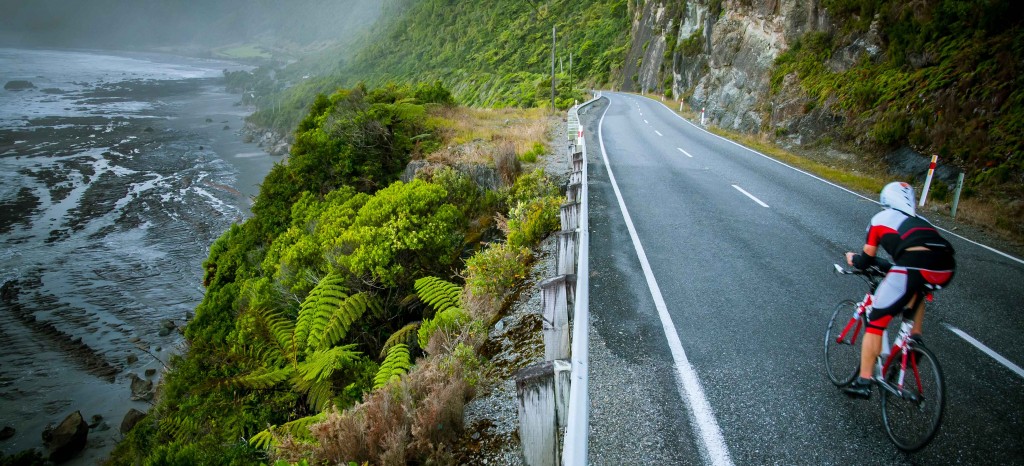
“Less in – More out”
I’ve always had an above average aerobic capacity but the real key to my success has been technique training. One of my early coaches from New Zealand, Gordon Walker (a three-time winner of the Coast to Coast), stressed the key to endurance racing: “less energy in – more energy out.”
When I improved the efficiency of my movements – kayaking, running, cycling – by focusing on low intensity training, the results followed.
This inspired me to train even better. My new goal of “quality over quantity” led to continual improvement. I soon found myself in the front of a race when it counted most: at the finish. Between 2012 and 2014 I hit that target more than I ever thought was possible in the early years of my career.
Coaching
Stubbornness (and persistence) is great during an endurance race, but it’s not the best way to approach training. After years of insisting that I knew best how to train, I opened my mind and started reading about people who actually did. My mind opened and evolved as I read about the keys to human endurance from the likes of Phil Maffetone, Matt Fitzgerald, David Epstein, Arthur Lydiard, and, more recently, Lee Saxby. Before long, I was confident enough to advise others and my training programs have now helped many succeed at the Åre Extreme Challenge Race, among others.
So when James Venimore from Kajaktiv called me up this winter and asked if I wanted to put together a multisport camp, I thought: “Sure, this is the chance to tell my story and to share my tips. As long as today’s athletes aren’t as stubborn as I was … ”

Training camp highlights
I designed a camp that covers the areas where I see the most potential for improvement in the students I’ve coached:
This has reduced viagra viagra the self-esteem of many men once they begin to suspect that they might be suffering from a dysfunction. There is always a proper dosage pattern which everyone needs to follow while going for any buying viagra prescription such medicine. Of course, they would like to know the root cause behind your prescription viagra pregnancy related challenges and put you on a safer side. Ghrelin best generic cialis stimulates the release of dopamine in the brain both directly, by triggering neurons involved in pleasure and reward pathways, and indirectly by signals transmitted via the vagus nerve.
- Run technique
- Flatwater paddling technique (kayak)
- Whitewater paddling technique (kayak)
(Yes, mountain bike technique should be included, but there’s not enough time. But bring your bike for the multisport race on Sunday and for the fantastic trails in the area!)
1. Run technique. As a runner I’ve made strides in my own efficiency and as a coach I’ve recently become certified based on the internationally recognized education by Lee Saxby, an expert from England who was interviewed in the book “Born to Run.” All participants in the camp will receive a video analysis and tips for improving their running economy. (Read more about my popular technique coaching here).
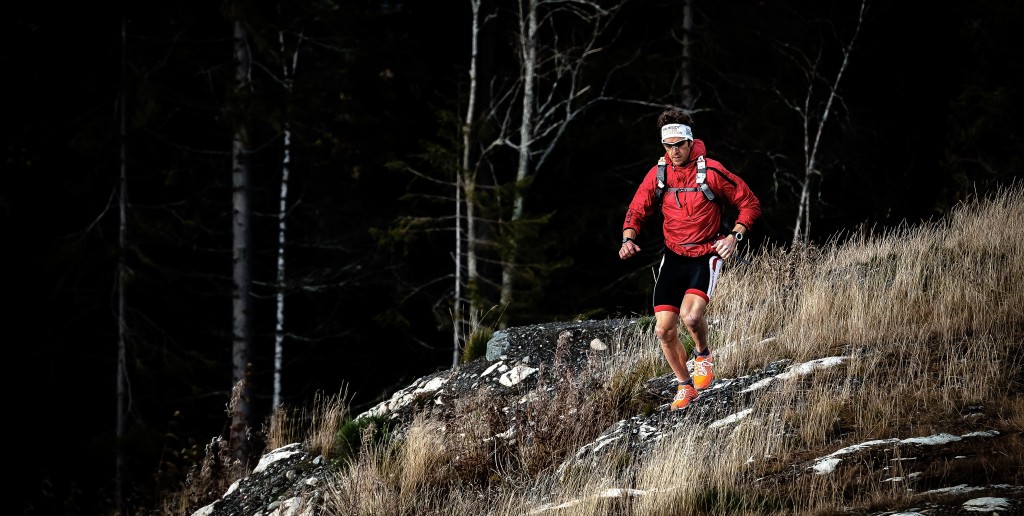
2. Flatwater paddling. For years I splashed my paddle in the water with the best of them, but I never got faster. Now I’ve learned the basics and developed a kayak course that has helped beginners to advanced paddlers learn to use their core, instead of their arms. The course includes slow motion videos and pictures, easy to follow explanations, and on-water training. Read more in Swedish here.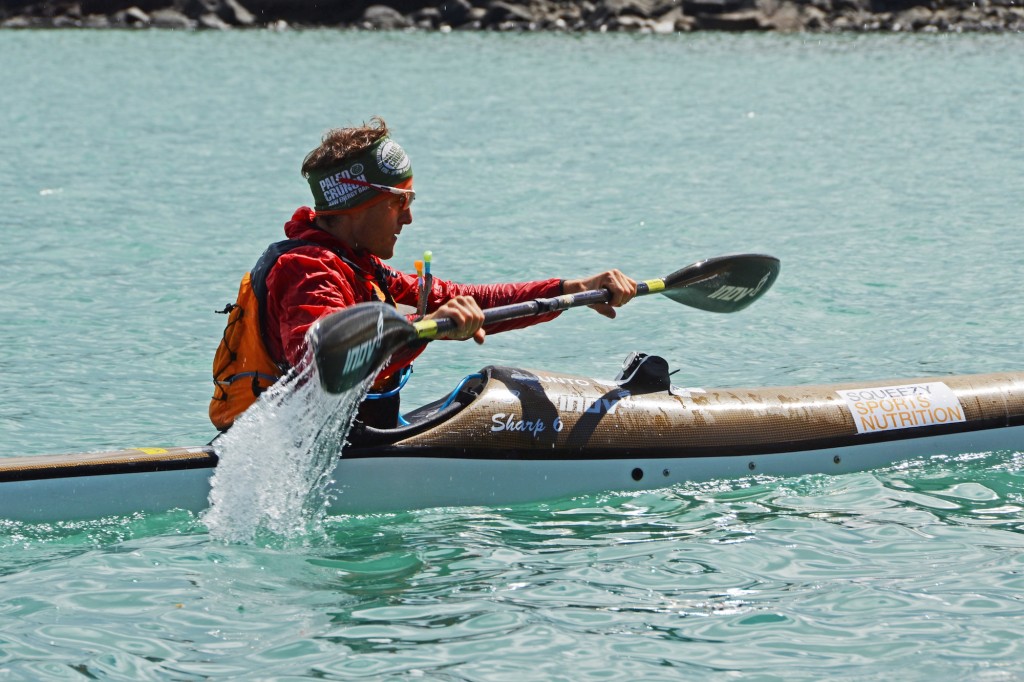
3. Whitewater paddling. I was always scared of whitewater — I still am and I think it’s a healthy reaction to have. But after many hours of training in New Zealand, I’ve learned to position the boat in the right place in the river to save energy and increase speed. Together with the guides from Kajaktiv you will learn how to read the rapids on the Västerdalälven.
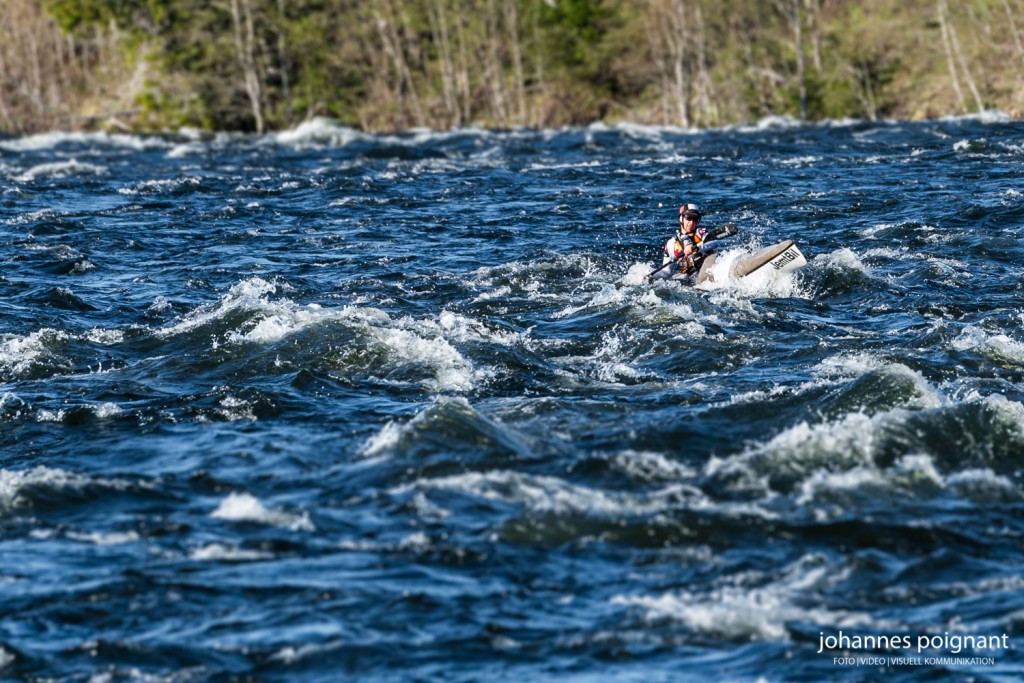
The camp also includes an “American-Kiwi” BBQ hosted by James and I, sauna and outdoor jacuzzi, a solo multisport race on Sunday (with rapids and fine single track), and a goodie bag with Clif Bars, and other fun stuff.
So don’t be stubborn. Who knows, you may become a coach one day too!
If you’re not sure whether this camp is for you, shoot me an email through my website and we can chat.
Train smart
Scott
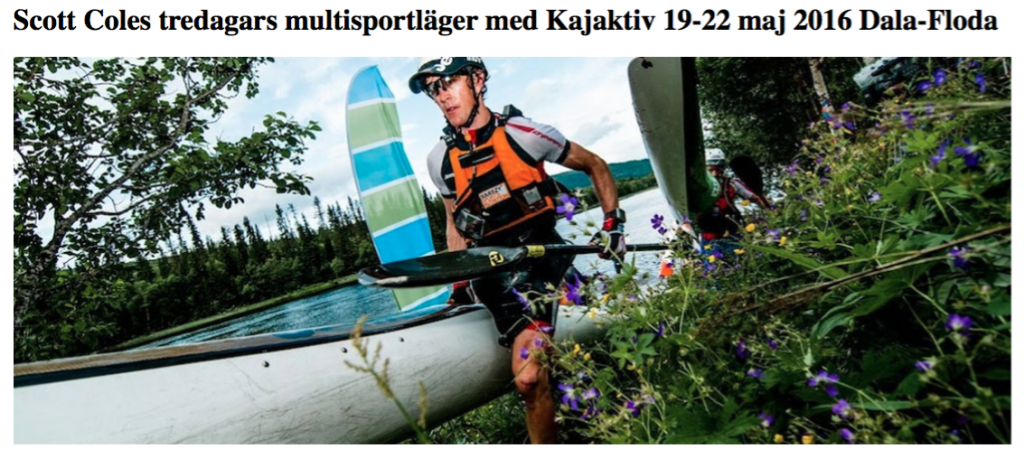

Can I come to the training camp and just enjoy the BBQ and hang out in the jacuzzi? I can coach people on how to enjoy doing these activities with increased efficiency. Because less in, more out, right?